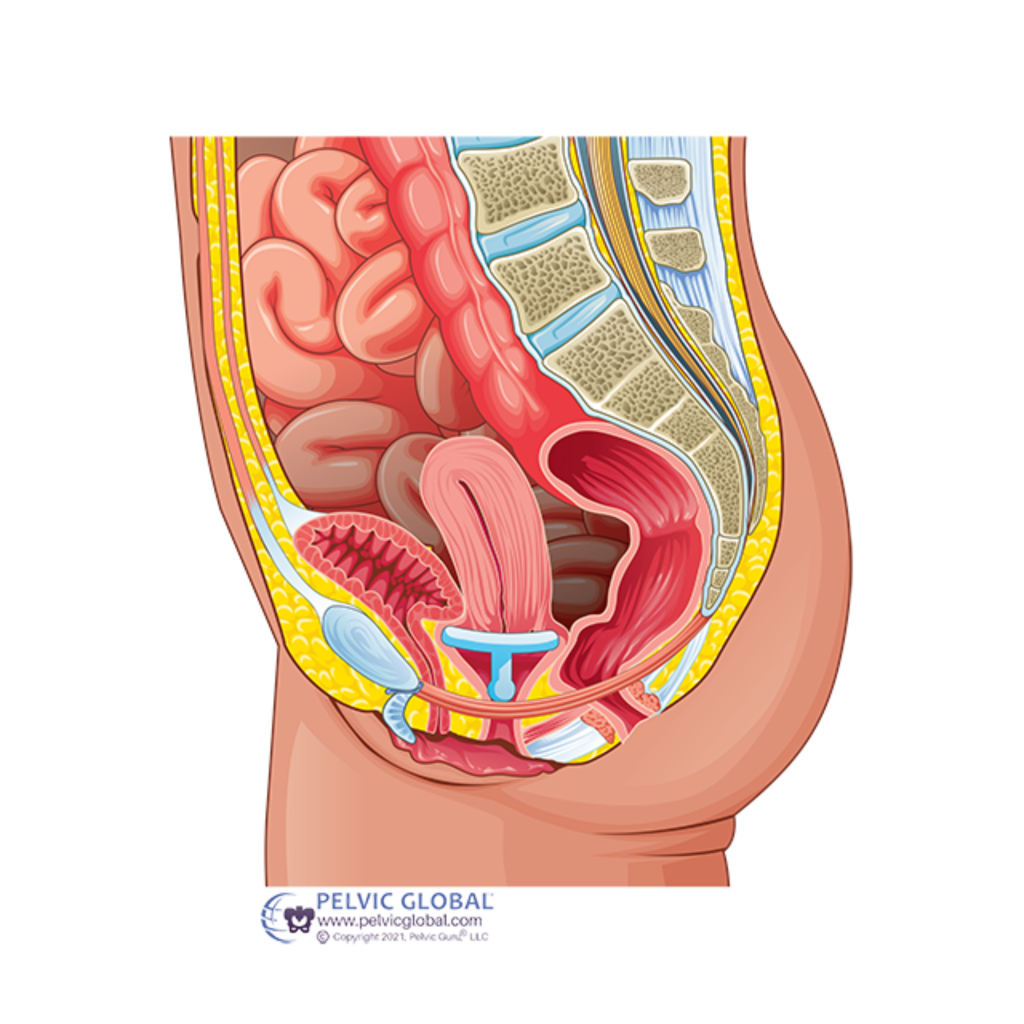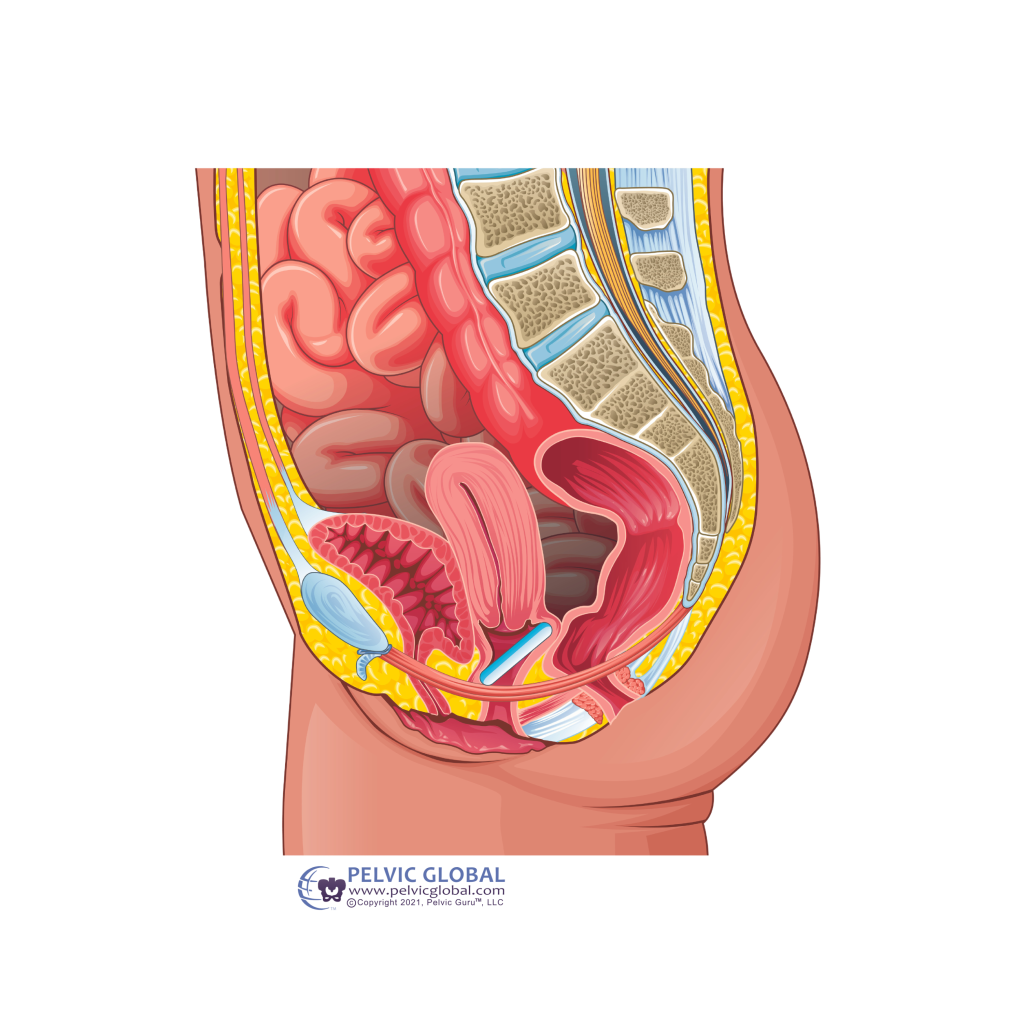Pessary Facts

About Pessaries:
Pessaries are essential devices that play a crucial role in supporting pelvic health. In this introduction, we’ll explore the wide array of pessaries available, highlighting the various factors involved in selecting the perfect style and size tailored to individual needs. Much like finding the right pair of shoes or a well-fitting bra, the pessary fitting process can be one of trial and error, often requiring the expertise of a medical professional such as a doctor, physician assistant, nurse practitioner, or specialized pelvic physical therapist. It’s not uncommon for this fitting process to involve multiple visits within the first year to ensure optimal comfort and functionality. Even after the initial fitting, periodic follow-ups are essential to make any necessary adjustments and monitor the response to the pessary, ensuring it continues to meet your evolving needs. Join us as we delve into these aspects and more in our comprehensive exploration of pessaries.


Breaking it Down:
Multiple types of pessaries with various factors involved in selection of style and size
Fitting process is trial & error; like shoes or bras may take a few types & tries for best fit
Typically fit by MD, PA, NP, and some Pelvic PTs over multiple visits within the first year
May need up to a few visits yearly to monitor and make any necessary adjustments
Very important to follow up with your provider to monitor response & make modifications
Care & Use
- Dependent on the pessary type (discuss with provider & see manufacturer guidelines)
- Some need to be removed daily & others can remain in place for months
- Can be managed at home independently or cared for in office visits with provider assist dependent on your preference and ability (getting it in/out for cleaning)
- Some can be left in during intercourse & others need to be removed/replaced
- Avoid silicone lubricants for insertion or sexual activity when the pessary is in place
Precautions:
- Discuss risks/benefits with your provider to make best decision for you
- Pessary should not be painful or cause bleeding (follow up with your provider)
- Avoid use if active infection is present (until treated and resolved)
- Some contain metal and may need to be removed for MRI procedures
Debunking Common Misconceptions:
Pessaries can be helpful regardless of your age or degree of prolapse
No adverse effects on pelvic floor muscle strength and function (may actually help!)
Don’t necessarily have to be used at all times, or long term; can be used intermittently or for short duration based on symptoms and function
Studies show pessaries can improve prolapse symptoms, stress leakage, and quality of life even with significant prolapses
May allow some people to avoid having surgical procedures depending on response
Do you need to find a pelvic health provider to see if a pessary is right for you?
Are you a pelvic health professional who is interested in this information as a handout?
We’ve got an entire collection of handouts for you (plus medical illustrations, webinars, and more!) through our Global Pelvic Health Alliance Membership (GPHAM)!

